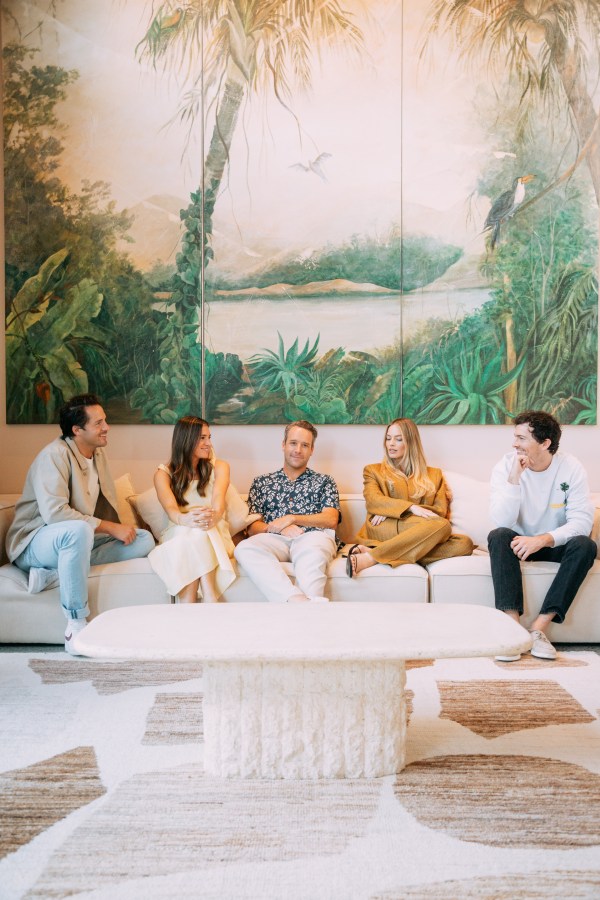The hot new rums that are set to transform your palate – and maybe overcome the consequences of teenaged misadventure.
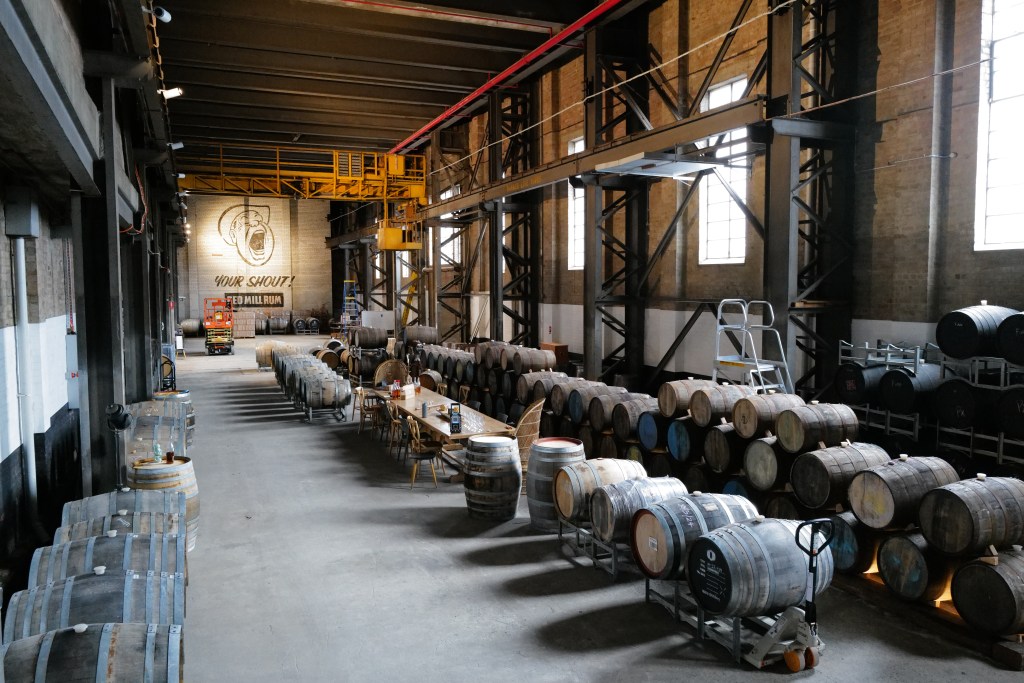
Tom Bulmer is on a mission to bring rum back to the top end of the market. Because it certainly never went away from the bottom end, he likes to point out, noting that Bundaberg sells more litres of its rums in Australia than all vodkas combined.
Predictions of rum’s renaissance – that it was “the new gin”, the new black – have been around for a few years, but such prognostications take years of aging in richly fragrant barrels to be proven true. Uniquely around the world, under Australian law, you can’t call distilled cane juice “rum” until it has been aged in oak for two years.
It takes a long time for a potential new distillery to buy the gear, build the know-how, and go through those years of oaky purgatory. But it’s coming.
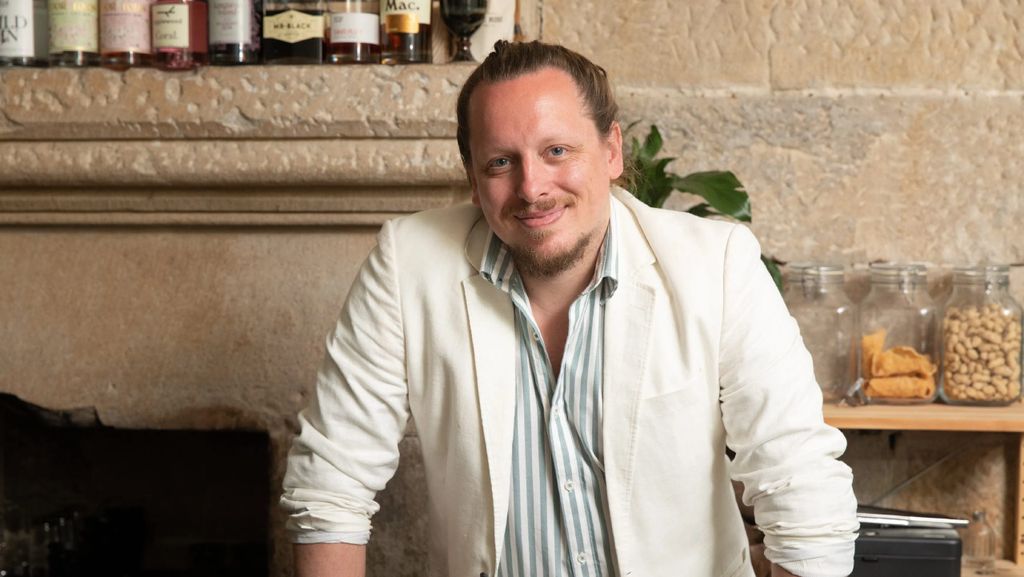
“The creation of so many rum brands lately in Australia is wild,” says Bulmer, renowned barman and rum expert. “I’ve been speaking with eight new distilleries that are coming online in the next couple of years, and it keeps growing.
“The desire to create quality and definition is on their minds, and it will certainly lead to something special. The curious thing is that many of them are unknown because outdated labelling laws for rum in Australia mean that they all have to wait until their products hit two years before they can be labelled as rum.”
While rum bars have proliferated around the country, their focus has been on cocktails. However, Bulmer has been running rum masterclasses at The Keel in Sydney’s The Rocks, trying to convey not only the complexities of the drink on its own, but its deep roots in Australian history.
Rum, after all, was the colony’s first currency and inspired its only coup, the Rum Rebellion, whose events occurred close to the Keel – housed in the former Sailors Home, a building soaked in rum and opium fumes from the time it opened in 1864. [Bulmer thinks the UK rum Plantation OFTD 69% is probably the closest proxy to the rum they drank in early colonial times.]
Many of the new rum enthusiasts, says Bulmer, have been introduced to the drink while travelling in the Caribbean or Fiji, or through yachting in which the spirit’s centuries-old association with seafaring has been maintained.
An example is Keri Algar, who “had her first sip of rum under midnight skies in the heart of the Caribbean”. Ever since, the journalist and PR consultant has dreamed of owning her own beachside rum bar. She figured that the first step to that end was to start distilling her own at Cabarita Beach in NSW, just south of the Queensland border.
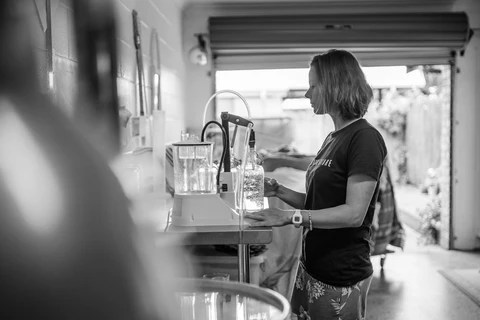
Her first batch of Soltera Rum went on the market in 2020. “It’s a shame that historically, and today, rum has a tricky reputation largely thanks to misspent youths,” says Algar. “Plus, it’s a pity people don’t appreciate how a well-made rum without sugar and colouring is as gorgeous, nuanced, and sophisticated a spirit as whisky, which gets all the high falutin’ attention.”
David Fesq, similarly, embraced rum in the Caribbean while working in bars and restaurants in his twenties, discovering the 200-year-old distillery Goslings, in Bermuda with its thick, dark rum, and embracing the light Spanish styles in Havana. But Fesq had a much deeper connection to the spirit. His great-grandfather, George Fesq, founded Red Mill Rum in Sydney in 1933. It rose to be Australia’s top-selling overproof rum through to the 1960s before David’s father and grandfather sold the brand to Grants in the 1980s before it faded away.
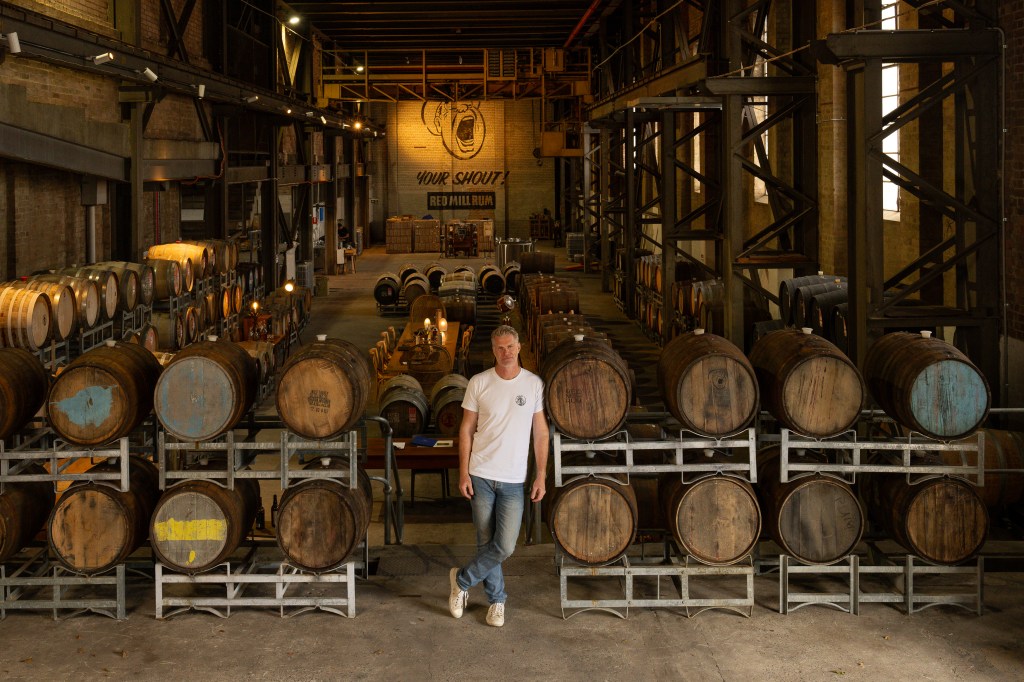
David Fesq saw that the time was ripe to bring Red Mill back with a nod to the past, but looking to change it up. “There’s no doubt that premium rum is due for the same uplift in appreciation that vodka, whisky and gin have gone through in recent decades,” says Fesq. “I started making Red Mill Rum because I wanted to make something authentic and delicious, but the sense that there’s a growing excitement around rum is also very pleasing.”
He planned to treat rum like a fine whisky. “Instead of only looking for old bourbon barrels – one side of the traditional marriage in rum – what about sourcing Sauternes, port, Cognac, sherry and beyond? Time will tell if this is a good idea.”
Others have come at rum from different directions.
Brian Restall was running a power station next to a sugar mill on the NSW far north coast where he also had his own spring on a cattle property. He and wife Helen, a fellow engineer, made the logical conclusion of water + molasses = rum. Their Lord Byron distillery has been running for eight years to much acclaim, and they’ve since branched out into other spirits, attracting actress Margot Robbie to make her Papa Salt gin there.
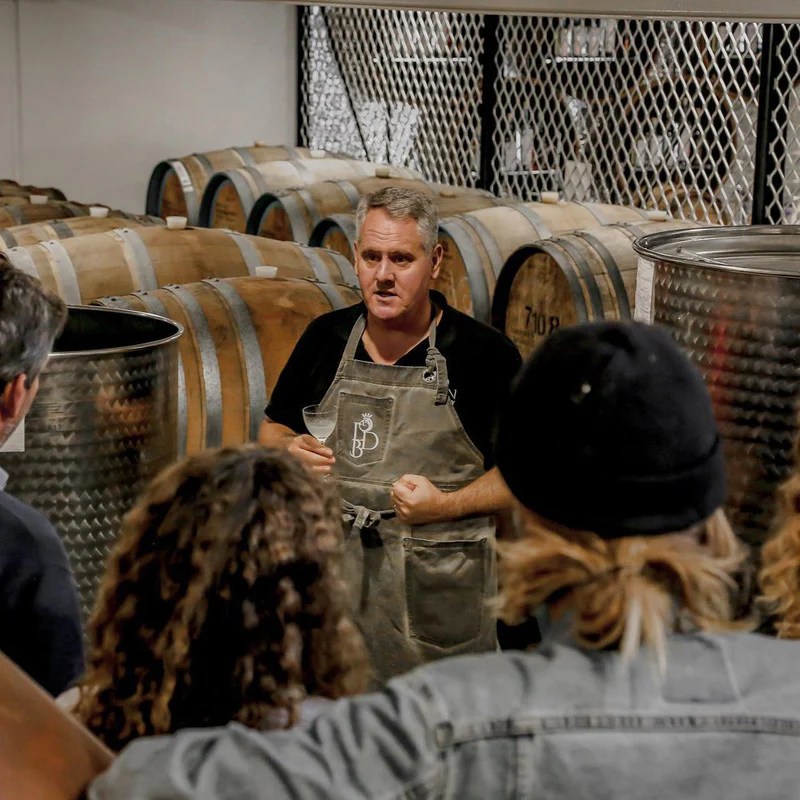
Brothers Ben and Callum Pratt were making a sour mash beer with wild yeast [ie, not using commercial yeast but utilising that which is naturally present in the ingredients] at their Ferntree Gully brewery on the eastern outskirts of Melbourne. They loved rum though, and “following the market trends in the EU and the US saw an opening in the Australian market for a distillery producing funky high-ester rum,” their Killick distillery manager Kayla Laird says.
Unlike most distillers, they were more interested in the fermenting stage of the process than the distillation. This led them to follow a Jamaican rum-making style “to create a high-ester characteristic known as ‘hogo’ in the rum scene.” Killik claims to be the first distillery in Australia committed to this style.
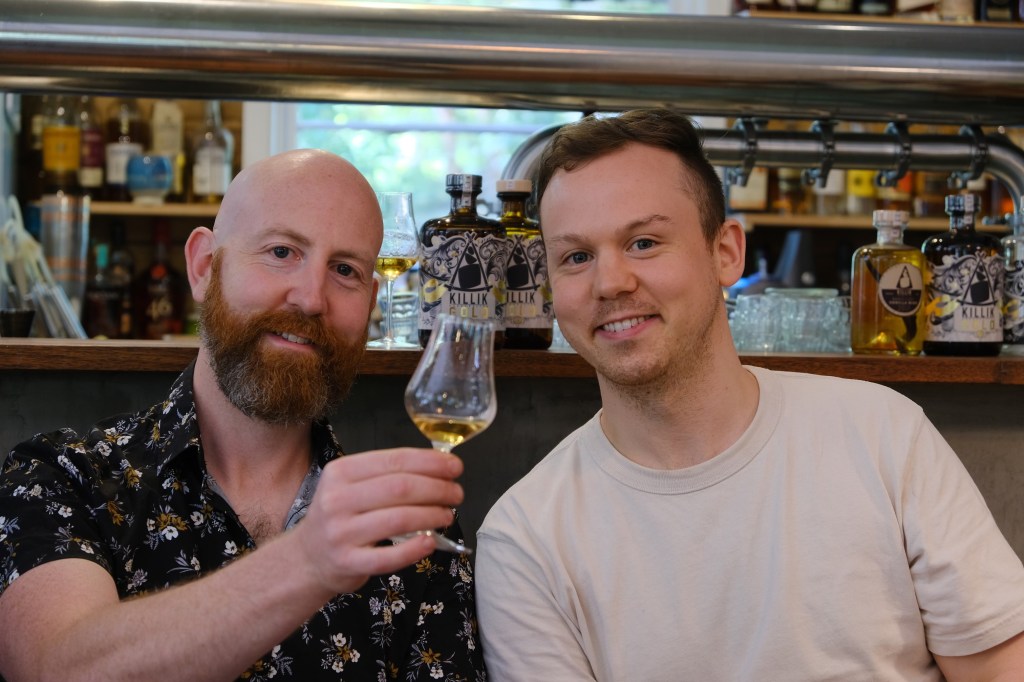
A great review from the influential Lone Caner website piqued foreign interest in Killick. “We have had an overwhelmingly positive response to our products domestically and internationally and started exporting large volumes to the US and the EU last year,” says Laird. Demand has been such that they’ve had to stop brewing the beer to cope with the rum load, though they intend to resume soon.
And to cap it off, Queensland’s Burdekin Distillery from Majors Creek, south of Townsville, took out best international cane spirit at the American Distilling Institute’s International Spirits Competition in May.
Canadian Lance Surujbally, aka “The Lone Caner”, says he’s been interested in Australian and New Zealand rums for years and that the renaissance goes back more than a decade. “The marketing power and size of Bundaberg and Beenleigh help keep the smaller distilleries out of the limelight,” Surujbally says via email, preceding to demonstrate his encyclopaedic knowledge of the scene.
“Hoochery opened in 1993, Mount Uncle in 2001, Husk Distillers, Black Gate and Boatrocker in 2009, Tin Shed in 2013, Archie Rose, Winding Road and Aisling Distilleries in 2014, Capricorn and Riverbourne in 2015, Yack Creek and Lord Byron distilleries in 2016, Kalki Moon and Brix in 2017, Mad Monkey and Jimmy Rum in 2018, Killik and Cabarita in 2019, Island Coast (Tasmania) in 2021.”
He says the two-year rule has impeded experimentation in Australian rums and that aging them in ex-bourbon barrels leads to a conformity in taste and limits any perception of terroir.
“If I had to say which rum really does personify Australia, it has to be Bundaberg because it sure is one of a kind.”
As to which is the best Australian rum, he says it’s impossible to answer. “But of the dozens of rums from there I’ve been fortunate enough to try, I’d say the ones from Cabarita, Killik, Beenleigh, Black Gate, Winding Road, Tin Shed, Capricorn and Aisling deserve mention. I like the sheer wild inventiveness of all of them – I’m never bored with the Aussie hooch.”
Full Proof: the rums getting Tom Bulmer excited
| Distillery | Location | Description |
|---|---|---|
| Killik Hogo | Belgrave, Victoria | Family-run distillery using wild yeast. |
| Solander Rum Co | Botany, Sydney | An offshoot of the more established Banks & Solander Gin. |
| Bakers Barrel | Panuara, NSW | From the Demoiselle distillery, known for absinthe since 2012. |
| Requiem | Welland, South Australia | First six-year-old sold out at $170 a bottle. |
| Tank ’Streme | Rhodes, Sydney | Matured three years in heavily charred new American oak kilderkins (16 to 18-gallon barrels). |
| Capricorn Distilling Co | Burleigh Heads, Queensland | Produces a single rum, along with spiced, coffee, and pineapple flavours. |
| Red Mill Distillery | Rozelle, Sydney | Dave Fesq’s attempt to bring back his family’s Red Mill Rum |
| Sydney Rum Distillery | Sydney | A work in progress seeking investors. |
| Outcask Rum | Karu Distillery, Hawkesbury region | Husband and wife team from The Devil’s Wilderness. |
Are you – or is someone you know -creating the next Afterpay or Canva? Nominations are open for Forbes Australia’s first 30 under 30 list. Entries close midnight, July 15, 2024.
Look back on the week that was with hand-picked articles from Australia and around the world. Sign up to the Forbes Australia newsletter here or become a member here.

